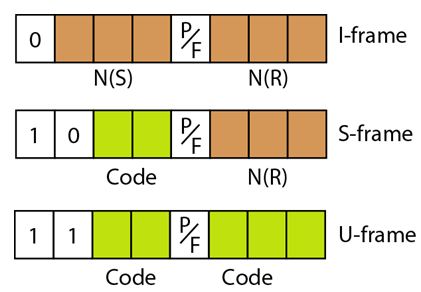Simplest Protocol:
Simplest Protocol is one that has no flow or error control and it is a unidirectional protocol in which data frames are traveling in only one direction-from the sender to receiver. We assume that the receiver can immediately handle any frame it receives with a processing time that is small enough to be negligible. The data link layer of the receiver immediately removes the header from the frame and hands the data packet to its network layer, which can also accept the packet immediately.


